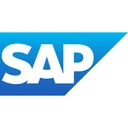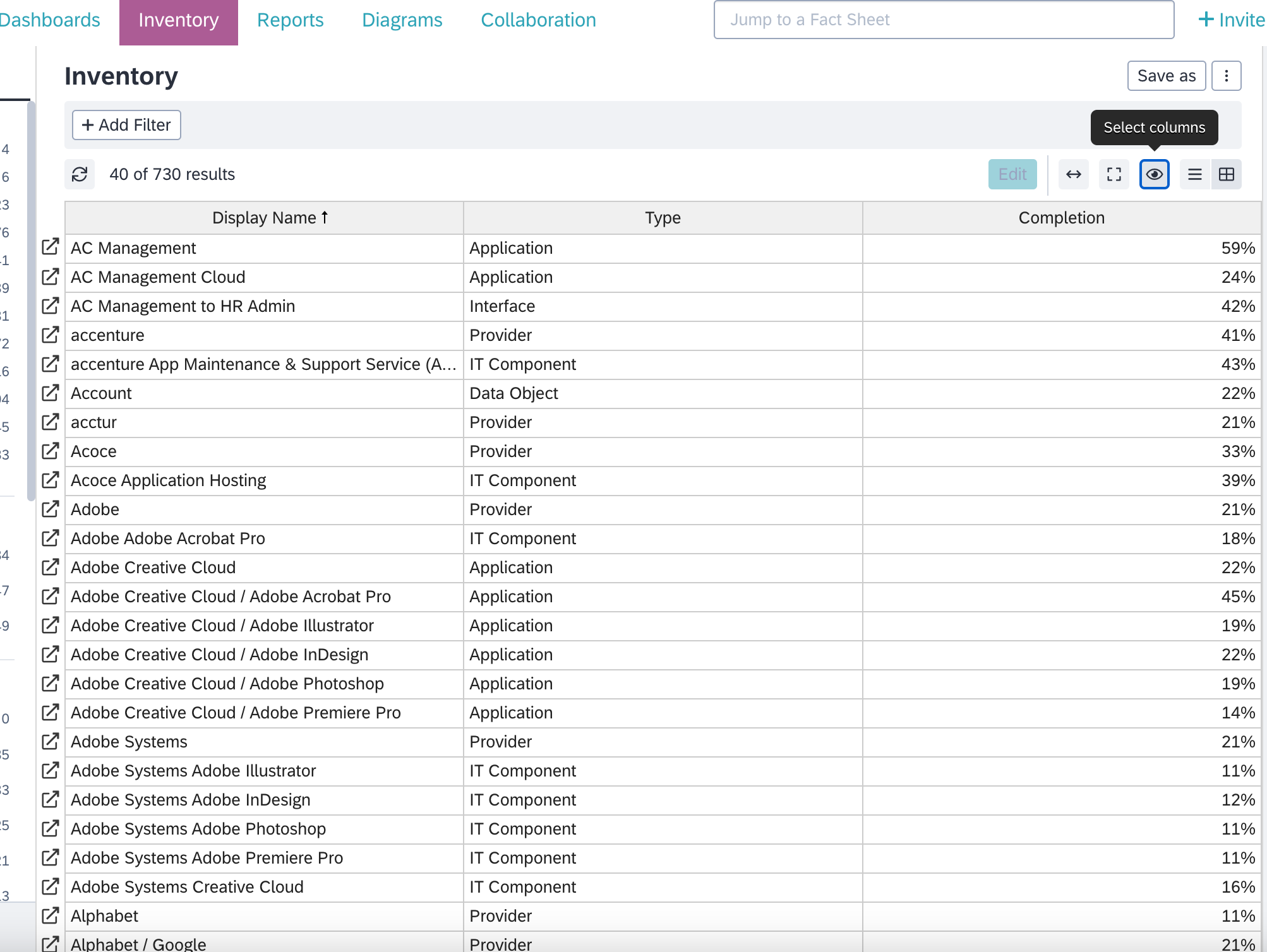Please join us for our upcoming webinar, Tuesday Jul 2nd @ 11am EST. In this session Niral from our Customer Success team will guide us through Milestones / Roadmap to Success using LeanIX, hitting on the following topics:
- Leveraging LeanIX's value proposition
- Creating and Managing an Application Portfolio Management practice
- Rationalizing your portfolio
- Implementing SaaS Discovery and AI Capabilities to bolster your portfolio composition and data
Register for the Session here using this updated Link. We hope to see you there!






